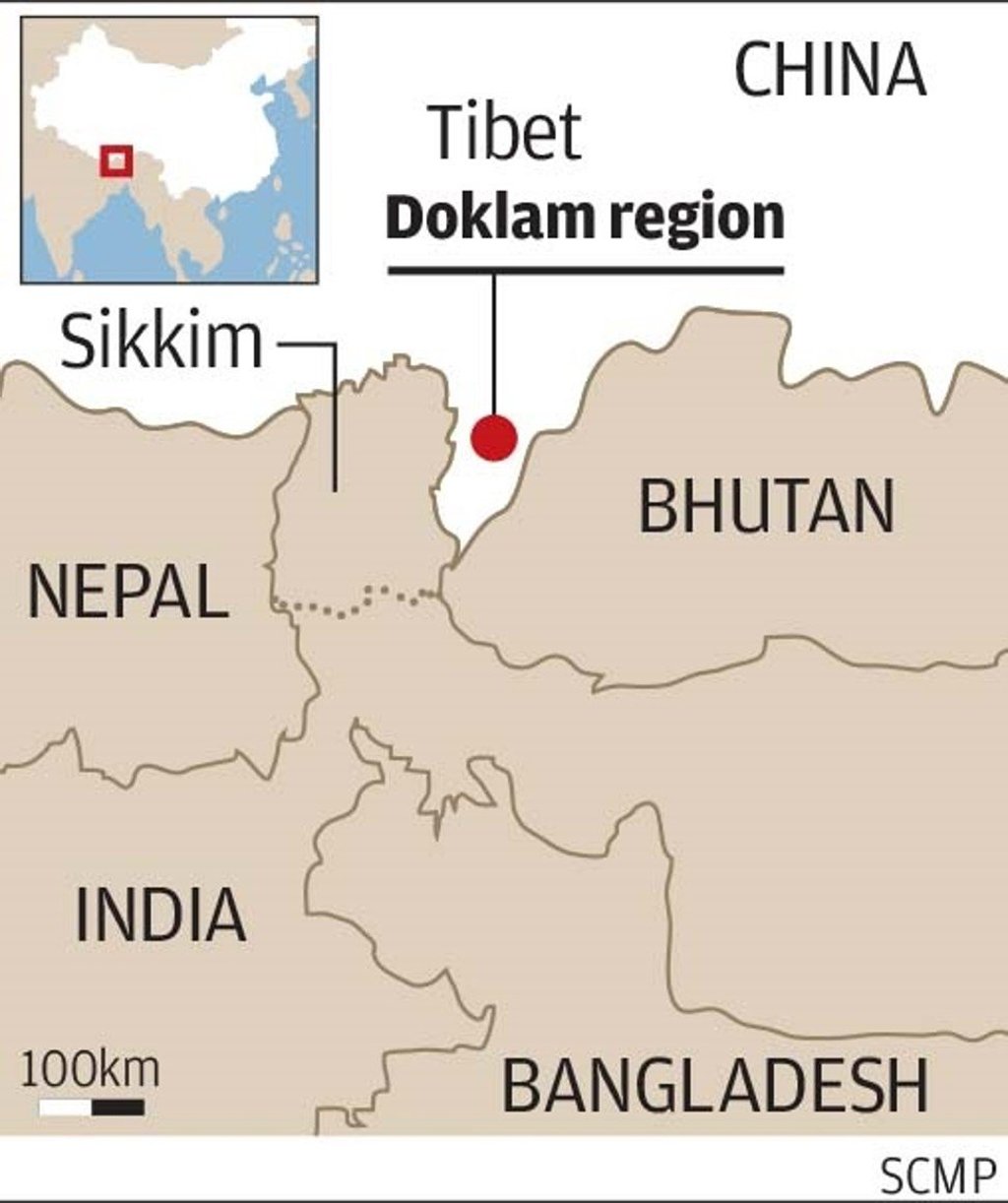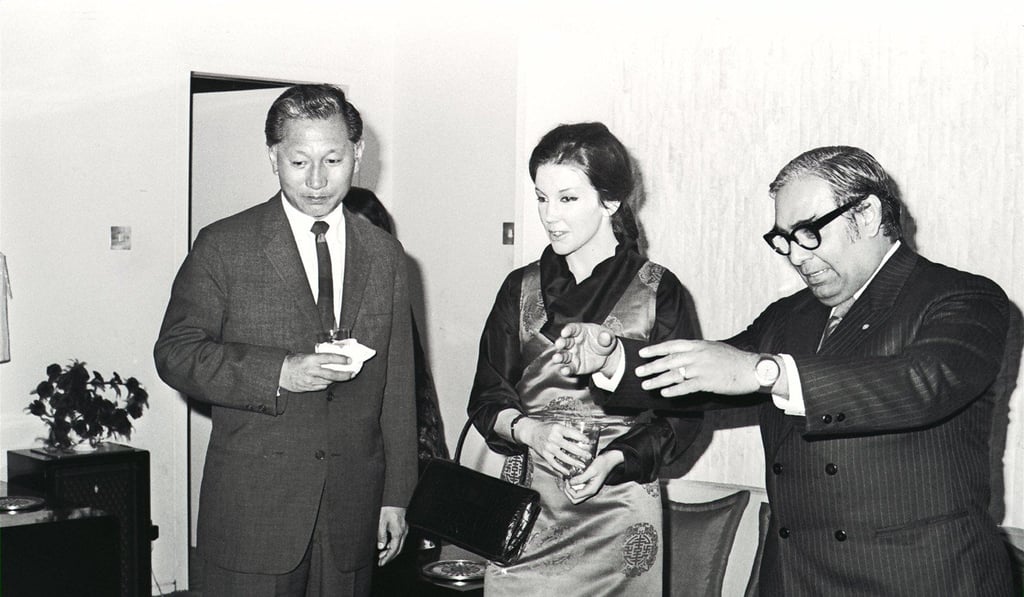How Indian secret agents removed the God King of Sikkim and claimed a new state
- New book by a former foreign intelligence agency officer details a two-year classified operation in the 1970s that would reshape the border between India and China

For more than two years India’s foreign intelligence agency led a top-secret campaign to draw in the Himalayan kingdom of Sikkim as the 22nd state of the Indian Union. In April 1975, after a contentious referendum rejected by neighbouring China, that covert operation achieved its mission.
A new book titled Sikkim Dawn of Democracy: The Truth Behind the Merger with India has provided the first detailed account by an intelligence insider of how India moved quietly to secure its interests along the Sino-Indian border during those tumultuous years. It gives graphic details about the operation initiated in February 1973 by Research & Analysis Wing (R&AW) founder and chief Rameshwar Nath Kao after then prime minister Indira Gandhi asked him to bring Sikkim into the fold.
In his book, author G. B. S Sidhu, a former special secretary of the R&AW and station chief in the Sikkim capital Gangtok during the early 1970s, recalls in week-to-week detail the operation spearheaded by a secret three-member team in the Himalayan kingdom under the guidance of the chief Kao and its eastern regional director P.N. Banerjee.
“The operation was so secret that its ultimate objective of merging Sikkim with India was known only to three officials – Kao, Banerjee and myself,” Sidhu writes.
“The two other R&AW officers in the special team in Gangtok – Padam Bahadur Pradhan and Myngma Tshering – were only briefed about the next phase of the operation when one phase was over,” Sidhu told This Week in Asia.

